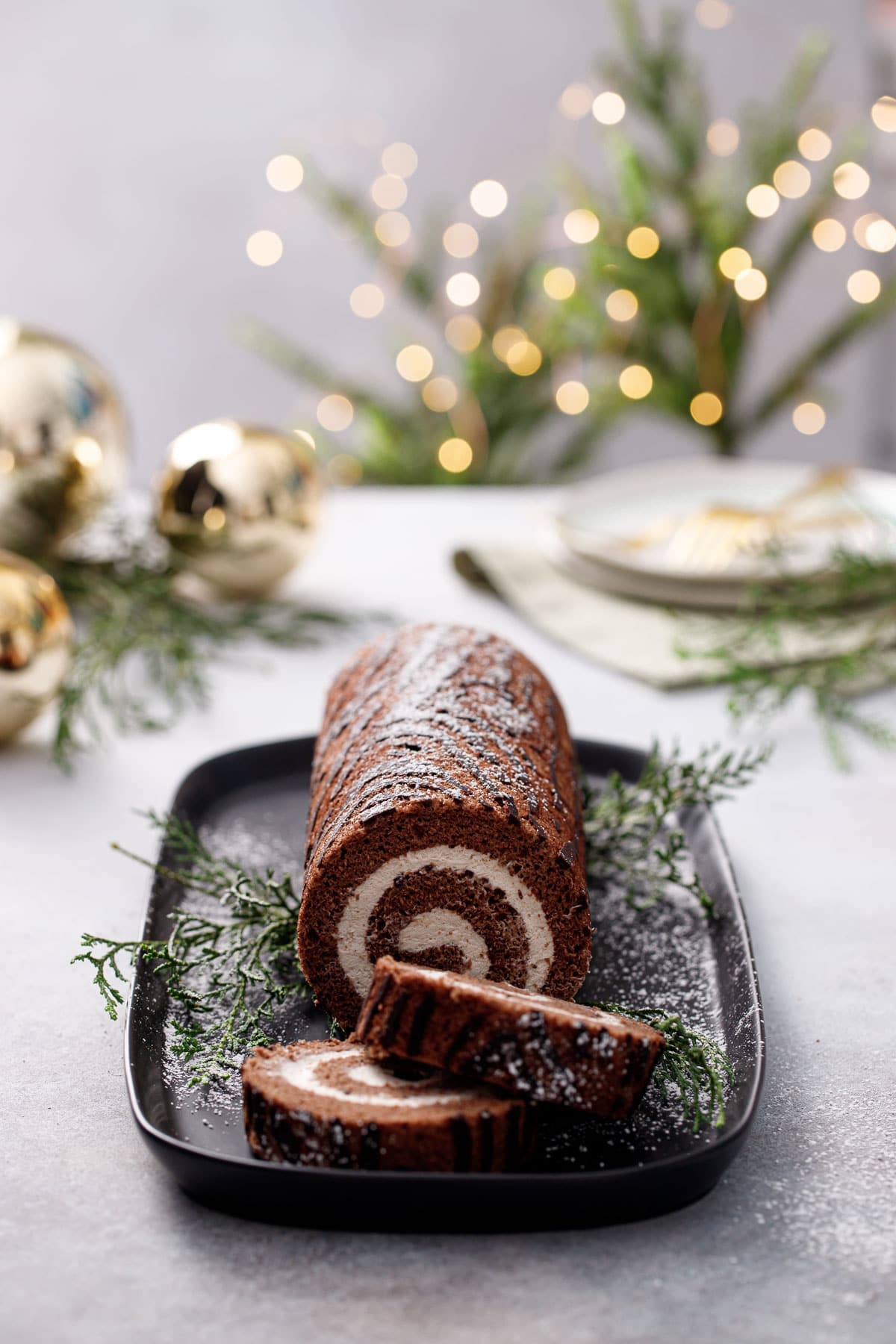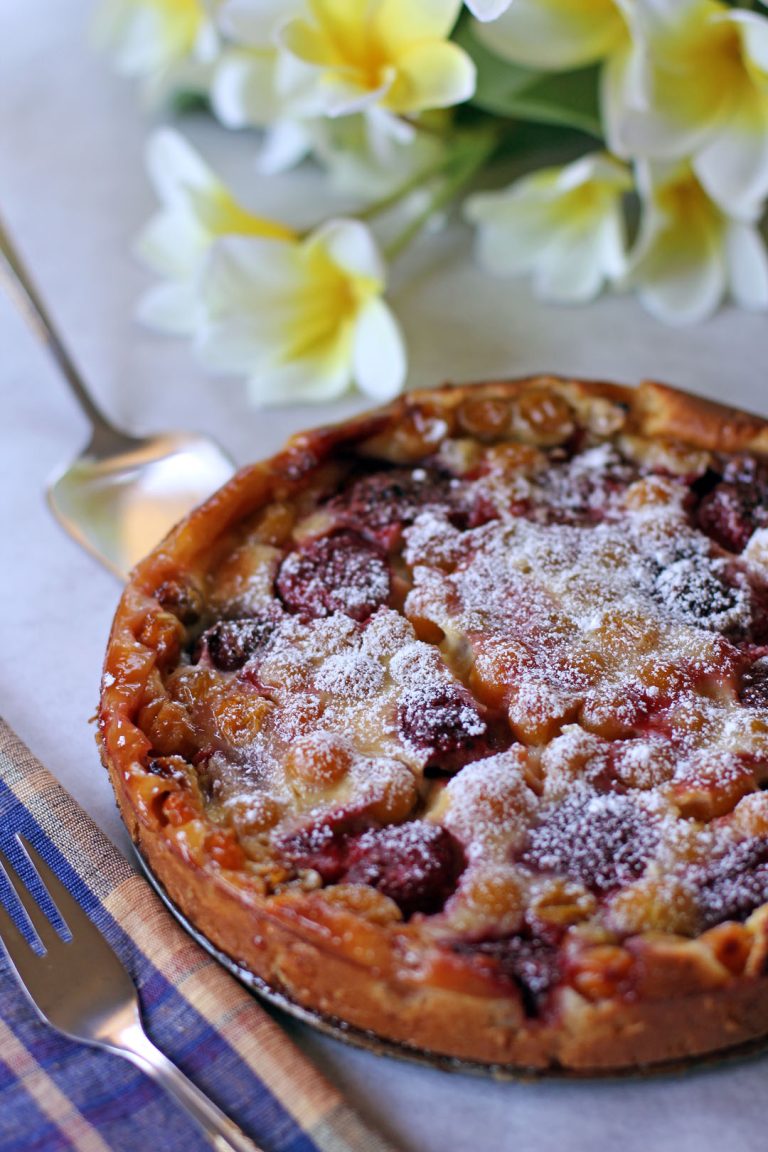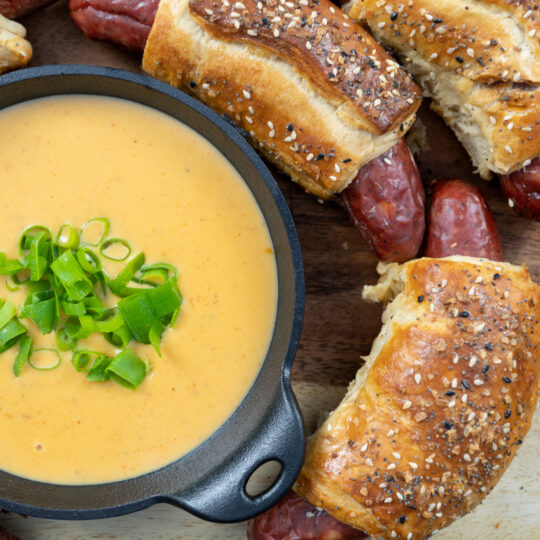Nut Rolls: Traditional Flavors and Modern Twists for Festive Celebrations
Nut rolls trace their roots to Central and Eastern European countries. Poland, Hungary, and Slovakia have rich traditions of crafting these pastries. Known as “makowiec” in Poland and “beigli” in Hungary, these rolls held significant cultural importance. Families often prepared them for Christmas and Easter, symbolizing prosperity and festive cheer. Nut rolls were not merely desserts; they formed part of ritualistic celebrations, passed down through generations, preserving heritage and family ties.
Evolution of Recipes Over Time
Nut roll recipes evolved significantly over the centuries. Traditional recipes required walnut or poppy seed fillings, sweetened with honey and sugar. Regional variations introduced tweaks, such as adding almonds in Germany or pistachios in Italy. The dough evolved from simple yeast-based mixtures to more complex, flaky versions with butter and cream enhancing the texture. In modern times, recipes diversified further to include vegan and gluten-free options, catering to contemporary dietary preferences while retaining the beloved essence of traditional nut rolls.
Key Ingredients in Nut Rolls
Nuts and Their Varieties
Nuts are the star ingredient in nut rolls, providing both flavor and texture. Walnuts, almonds, pistachios, and hazelnuts are commonly used. Walnuts add a robust, slightly bitter taste, making them a popular choice. Almonds offer a mild, buttery flavor, enhancing the overall richness of the pastry. Pistachios give a unique color and nutty sweetness, while hazelnuts contribute a distinct, earthy aroma. When selecting nuts, it’s crucial to choose high-quality, fresh ones to ensure the best flavor and texture in the finished product.
Sweeteners and Binding Agents
Sweeteners play a pivotal role in balancing the nutty flavors. Granulated sugar, honey, and brown sugar are frequently used. Granulated sugar dissolves easily and provides a clean sweetness. Honey adds a floral undertone, enriching the filling with natural sweetness. Brown sugar contributes a deep, molasses-like flavor, complementing the nuts perfectly.
Binding agents ensure the filling holds together. Eggs and condensed milk are often used. Eggs add richness and help bind the ingredients seamlessly. Condensed milk introduces a creamy texture and sweetness, enhancing the overall flavor profile. Choose these ingredients carefully to achieve the perfect consistency for your nut rolls.
Popular Nut Roll Varieties
Eastern European Influence
Eastern Europe deeply influences the traditional nut roll, especially with varieties from Poland and Hungary. In Poland, “makowiec” features a poppy seed filling rich in honey and walnuts, offering a sweet, earthy flavor. Hungary presents “beigli,” a pastry known for its balanced sweetness and use of both walnut and poppy seed fillings. Slovak nut rolls, called “orechovnik,” emphasize walnuts and often include cinnamon to enhance the flavor. These pastries usually take center stage during festive celebrations, showcasing the rich culinary heritage of the region.
American Takes on the Nut Roll
America has adapted the traditional nut roll with unique twists, often incorporating regional ingredients. The classic American nut roll introduced in the 20th century adds a sweet dough and fillings like pecans and maple syrup. Pennsylvania Dutch variations often include a caramelized nut mixture for added richness. Modern bakeries offer vegan and gluten-free nut roll options to cater to diverse dietary preferences. These adaptations maintain the essence of the traditional pastry while infusing it with American creativity and flair.
Making Nut Rolls at Home
Essential Tools and Equipment
Prepare nut rolls efficiently by having the right tools at hand. Use these essential items:
- Mixing Bowls: Use different sizes (large for dough, small for filling).
- Rolling Pin: For flattening and shaping the dough.
- Baking Sheets: Lined with parchment paper to prevent sticking.
- Stand Mixer: Helps mix dough smoothly and consistently.
- Measuring Cups and Spoons: Ensure precise ingredient quantities.
- Pastry Brush: For applying egg wash or butter.
- Plastic Wrap: Keeps dough fresh during resting periods.
- Nut Grinder: Grinds nuts to the perfect consistency for fillings.
Step-by-Step Recipe Guide
Follow these steps to create perfect nut rolls at home:
- Prepare the Dough:
- Mix 4 cups of flour, 1/4 cup of sugar, 2 1/4 tsp of active dry yeast, and 1/2 tsp of salt in a large mixing bowl.
- Warm 1 cup of milk and melt 1/2 cup of butter; combine and slowly add to the dry mixture.
- Add 2 eggs and knead until smooth. Cover with plastic wrap, let rise in a warm place for 1-2 hours.
- Make the Filling:
- Grind 2 cups of chosen nuts (walnuts, pecans, etc.).
- Combine ground nuts with 1 cup of sugar, 1/4 cup of melted butter, and 1/2 cup of milk in a small bowl to form a spreadable consistency.
- Assemble the Nut Rolls:
- Roll out the dough into a large rectangle on a floured surface.
- Spread the nut filling over the dough, leaving a small border at the edges.
- Roll up the dough tightly into a log shape, starting from one of the longer sides.
- Baking:
- Preheat oven to 350°F (175°C).
- Place the rolled dough onto a baking sheet lined with parchment paper.
- Apply an egg wash using the pastry brush for a golden finish.
- Bake for 25-30 minutes or until golden brown.
- Cooling and Serving:
- Let the nut rolls cool for at least 20 minutes before slicing.
- Serve warm or at room temperature, store leftovers in an airtight container.
Following these steps ensures you create delicious and visually appealing nut rolls, capturing the essence of traditional recipes with a modern twist.
Nut Roll Pairings and Serving Ideas
Beverages That Complement Nut Rolls
Serve different beverages for varied nut roll experiences. Pair coffee with walnut or almond-filled nut rolls, enhancing the nutty flavors with the rich, bold taste of a dark roast. Try black tea with poppy seed nut rolls, balancing the sweetness of the pastry with the tea’s mild bitterness. Consider a glass of milk, especially with pistachio or honey-filled versions, to create a creamy contrast. For adult gatherings, offer dessert wines like Port or Sherry, complementing the nut rolls’ sweetness with complex, rich notes. Sparkling water with a twist of lemon provides a refreshing alternative, cutting through the richness of the pastry.
Occasions for Nut Roll Desserts
Present nut rolls during festive seasons to emphasize tradition and celebration. Offer them at Christmas and Easter gatherings, aligning with their historical significance. Serve nut rolls at family reunions, bringing a touch of heritage to the event. Include them in wedding dessert tables, showcasing cultural connections. Provide nut rolls at office parties or potlucks, offering a unique and flavorful treat. Nut rolls also shine at autumn and winter festivities, adding warmth and nostalgia to any gathering.
Conclusion
Nut rolls are more than just pastries; they’re a delicious symbol of tradition and togetherness. Whether you’re following a time-honored family recipe or experimenting with new flavors and dietary adaptations, making nut rolls can bring a sense of warmth and festivity to any occasion. By mastering the essential techniques and using quality ingredients, you’ll create nut rolls that are both beautiful and delectable. Enjoy these delightful treats during holidays, family gatherings, or whenever you want to share a piece of cultural heritage and joy with your loved ones.






